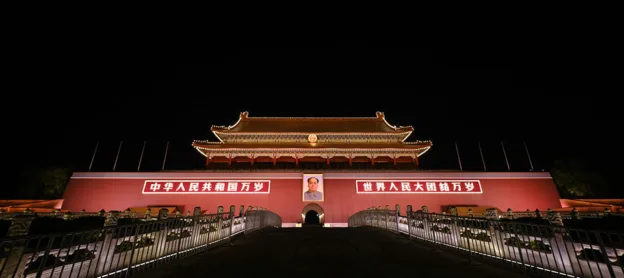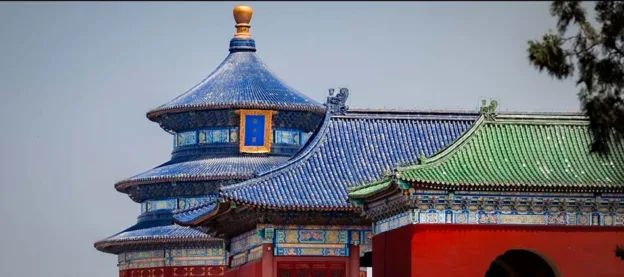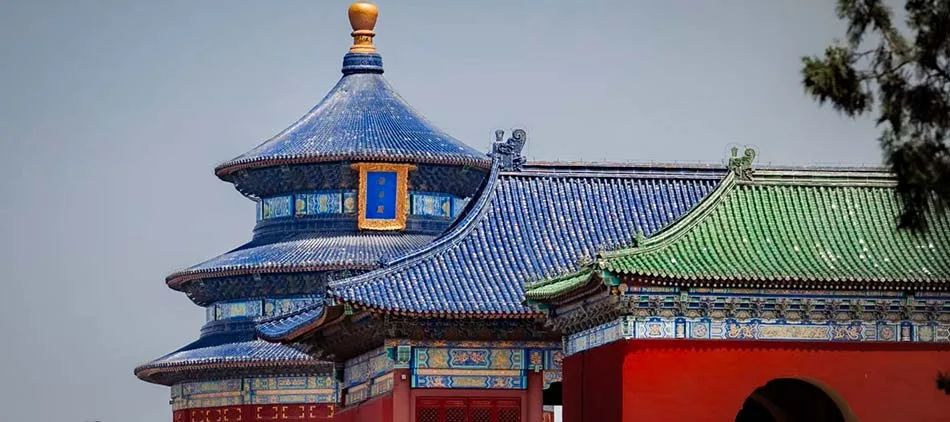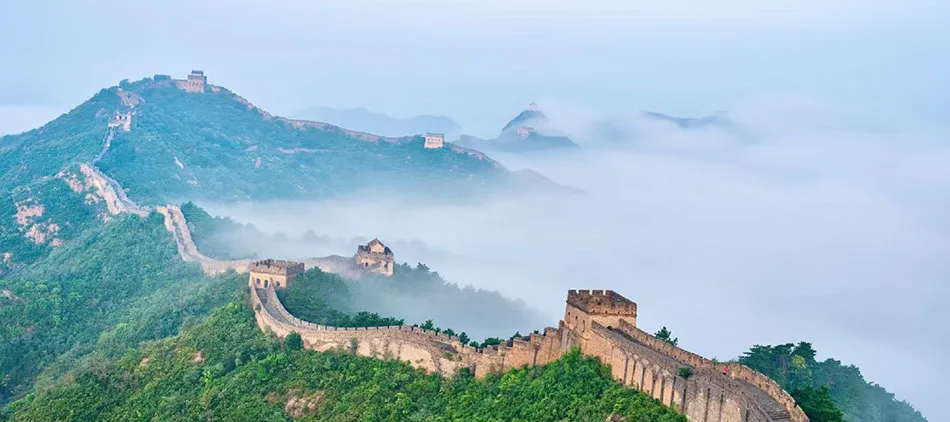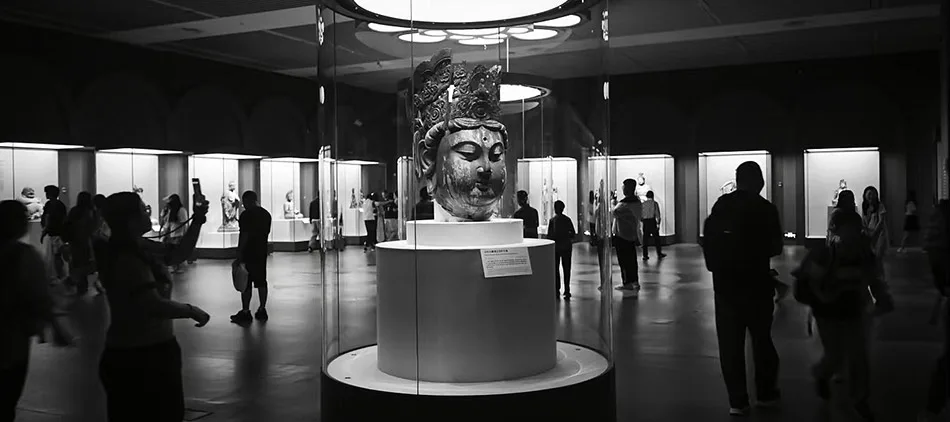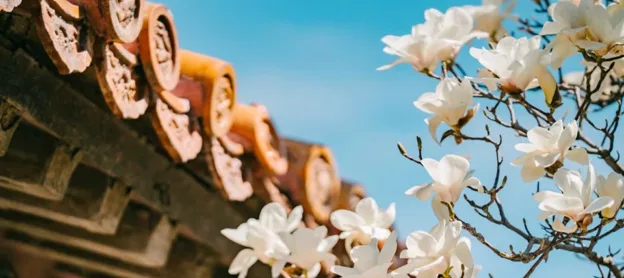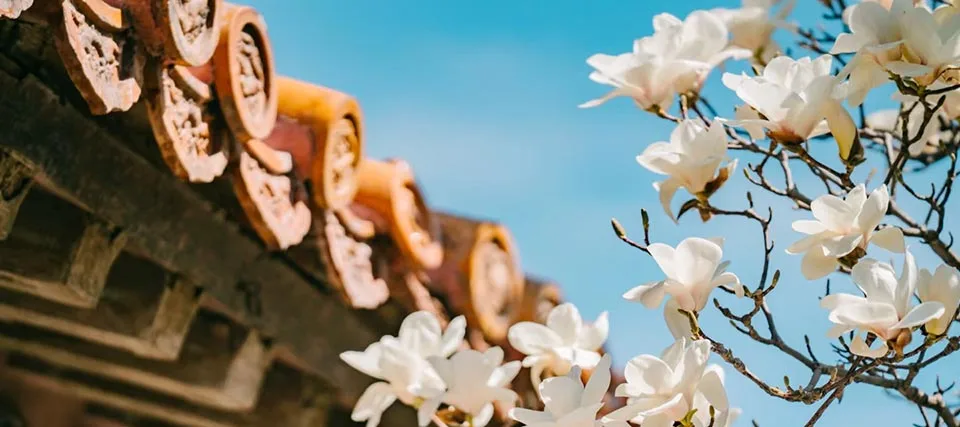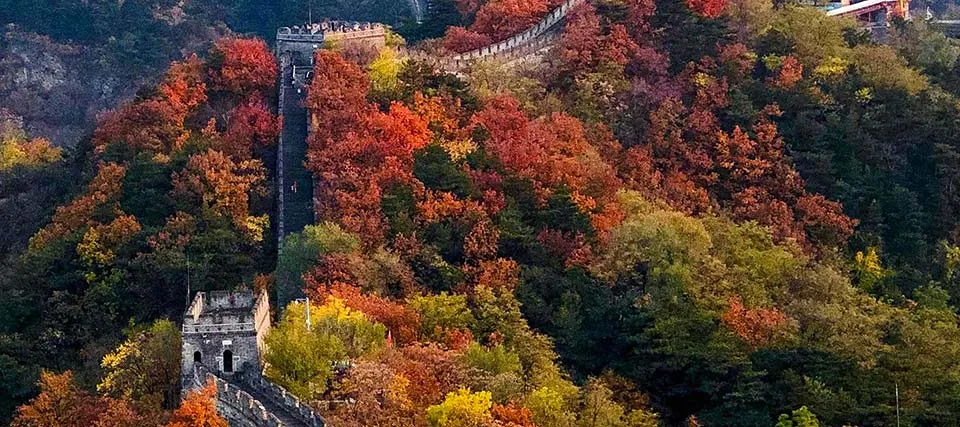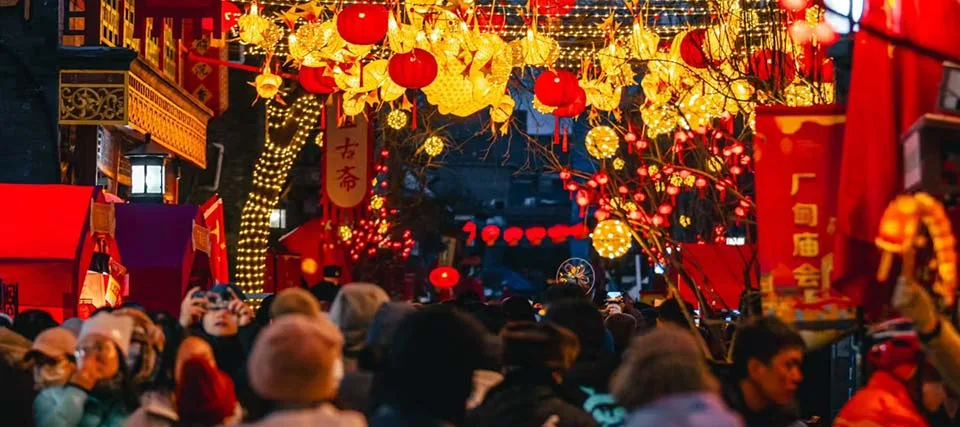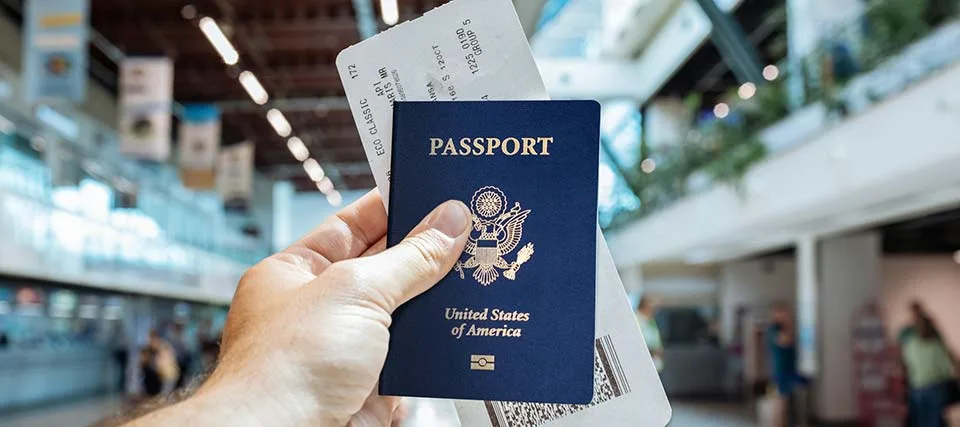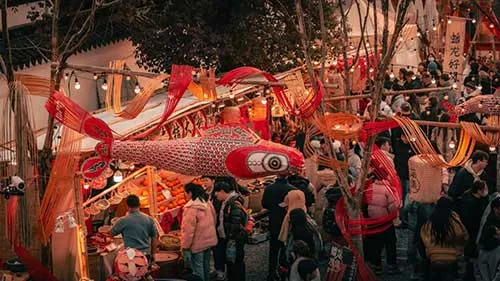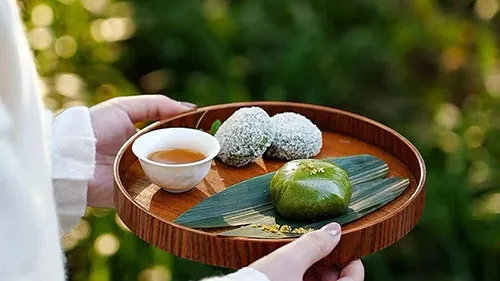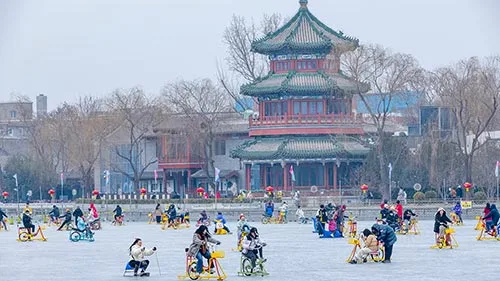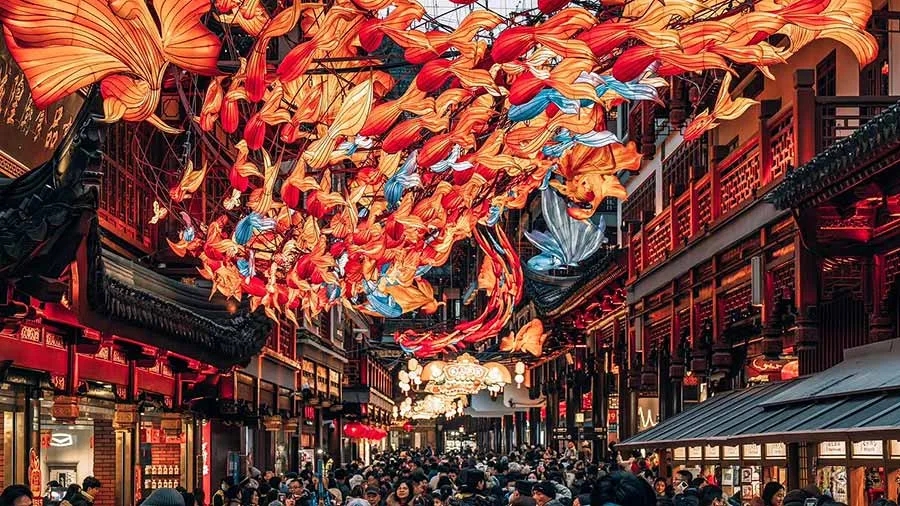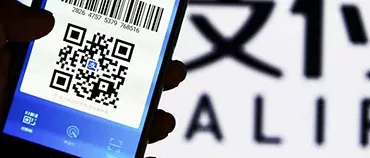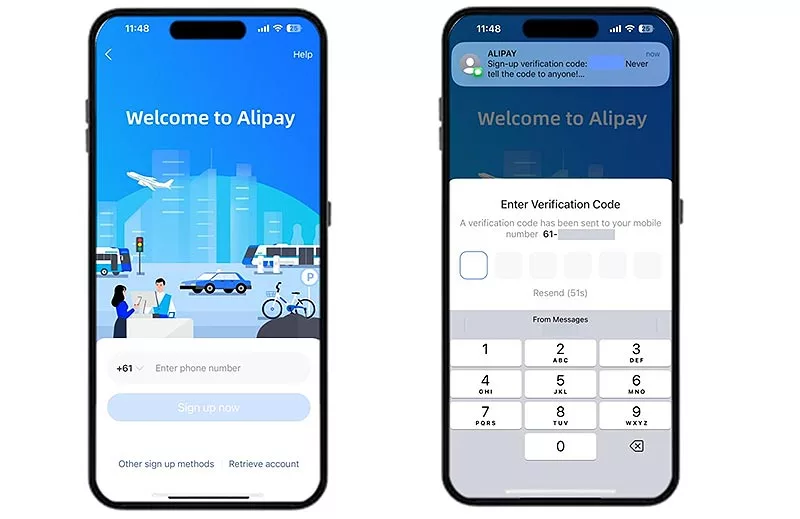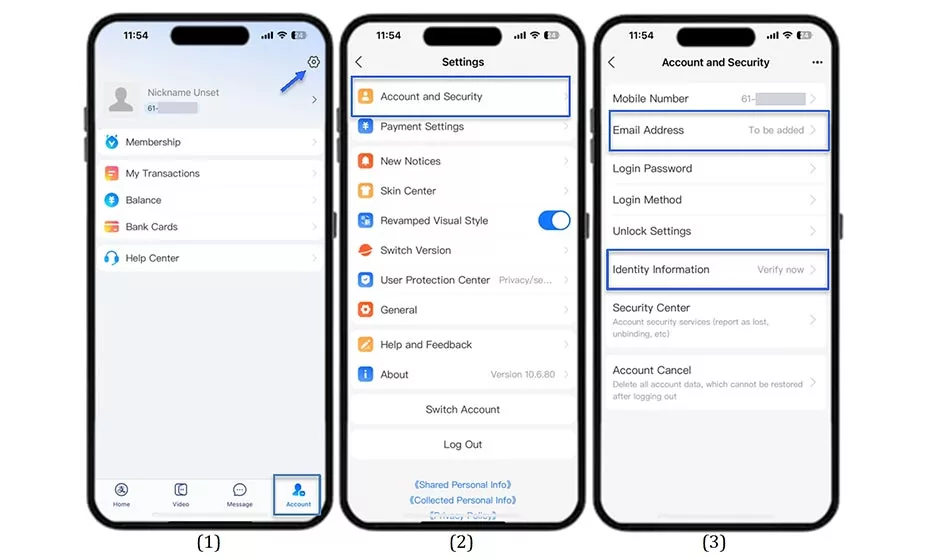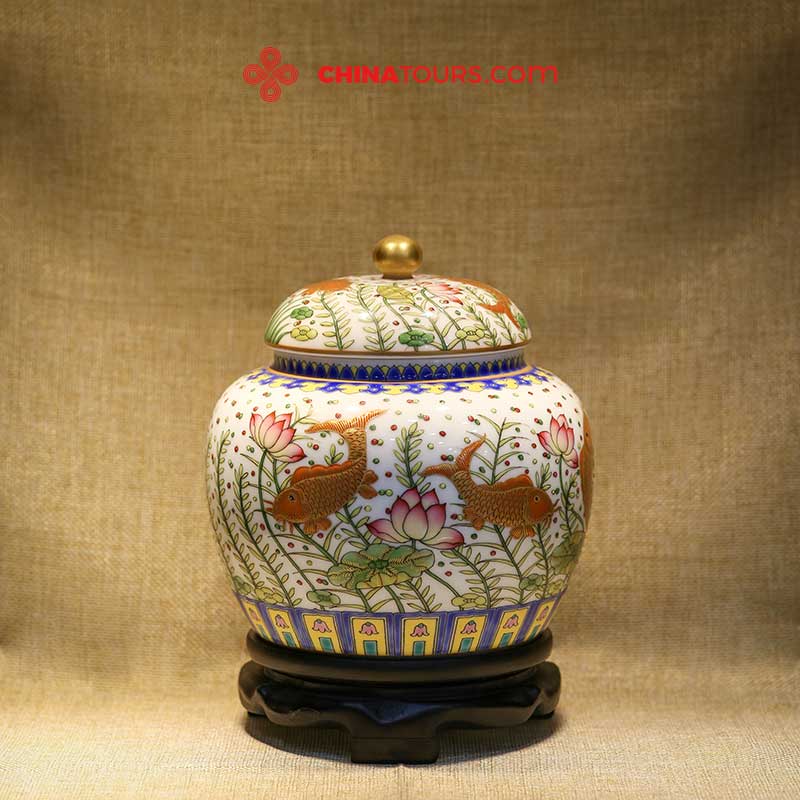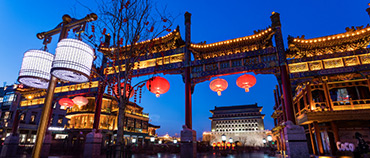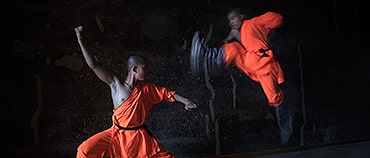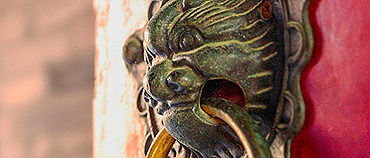
Picture stepping into a city where 3,000 years of history unfolds beneath your feet while cutting edge innovation is found virtually in every corner. Beijing isn’t simply another stop on tour. It’s a destination, and time here will help you understand why generations of imperial families made it home.
As China’s vibrant heart and the world’s most populous city, Beijing is home to over 22.6 million residents. Welcoming millions of international visitors annually, this extraordinary metropolis exceeds every expectation. Here’s why discerning travelers consistently rank Beijing as a worthy inclusion in their tour itinerary.
Safety that lets you explore freely
We know that peace of mind is key to fully enjoying any destination. That’s why Beijing’s outstanding safety – among the best in China, in fact. As an international traveler, you can be confident exploring everything from historic hutongs to vibrant modern neighborhoods.
You can feel assured that the city’s sophisticated security infrastructure and visible police presence create an environment where your biggest concern is choosing between the Forbidden City or the Summer Palace for your afternoon adventure. While standard travel awareness applies in busy markets (as it would anywhere), violent crime against foreign visitors remains remarkably rare, letting you focus on creating memories.
Effortless arrivals, seamless exploration
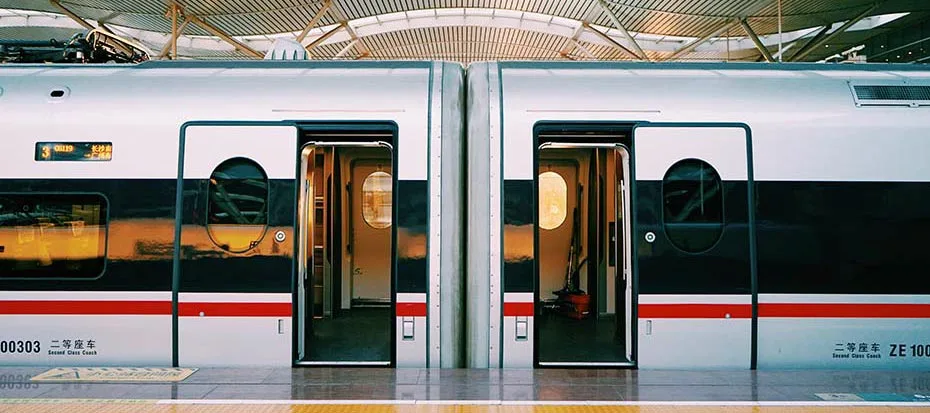
There’s no better gateway to Asia than Beijing Daxing International Airport. It is the world’s sixth largest aviation hub, where over 80 million passengers annually experience the future of travel through its stunning single terminal design spanning 700,000 square meters.
In keeping with our philosophy that travel should inspire rather than tire, Beijing has revolutionized entry procedures. Foreign passport holders now enjoy 240 hour visa free transit, contributing to a remarkable 61.3 percent increase in foreign visitors during early 2025. Once you arrive, the city’s 29 line metro network, which rivals Tokyo’s legendary efficiency, connects every must see attraction with English signage and seamless mobile payments through Alipay and WeChat Pay.
Exceptional experiences at extraordinary value
As seasoned travelers know, true luxury isn’t always about spending more. It’s about experiencing more for what you invest. Beijing delivers world class attractions and impeccable service while maintaining refreshingly accessible pricing that lets you say ‘yes’ to those spontaneous discoveries. With 226 registered museums attracting over 80 million annual visits, Beijing offers cultural immersion that few cities in the world can rival, providing experiences that would take many visits to fully absorb.
The city’s tourism renaissance generated USD 4.91 billion in revenue during 2024. That’s a remarkable 151.7 percent increase, proving travelers recognize Beijing’s unmatched value proposition. International four and five star hotels typically range from USD 100 to USD 150 per night, while charming traditional courtyard guesthouses offer authentic experiences from USD 40 to USD 80.
Food experiences in Beijing are unrivalled. Expect to pay between USD 5 and 15 for street food discoveries, and USD 30 to 60 for upmarket dining experiences. There are plenty of fine dining Michelin star options too, and while these may set you back a little more, you’ll enjoy the insight they provide to Beijing’s culinary leadership. And if you’re trying to decide between public transport and Didi, take advantage of the low fares available on buses and trains. At just 50 cents per metro ride, or under USD 5 for all-day access, it is very affordable travel.
Cultural treasures that redefine ‘must see’
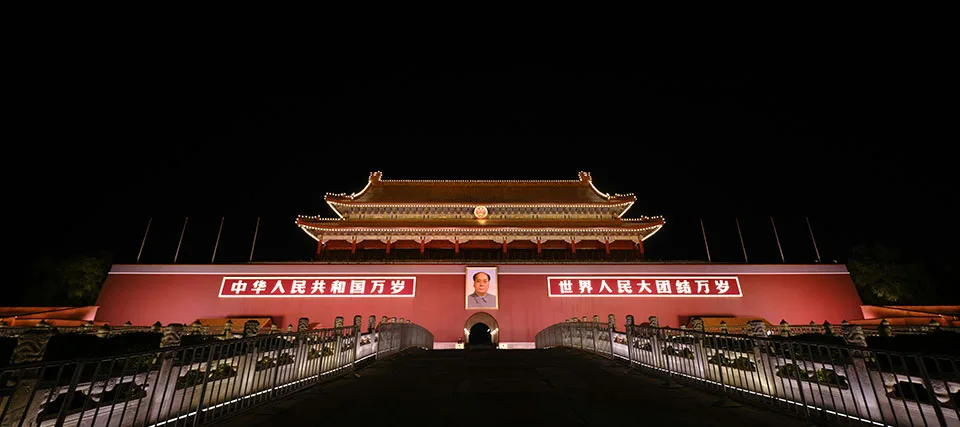
Beijing is the only city on Earth to host eight UNESCO World Heritage Sites, surpassing iconic capitals like London, Paris, and Rome. The reason? Beijing is home to an extraordinary concentration of landmarks that define both Chinese civilization and human achievement. The city’s remarkable heritage sites hold multiple global records, making Beijing a destination unlike any other.
Of course, everyone knows the Forbidden City or Palace Museum. Standing as the world’s largest imperial palace complex, the Forbidden City sprawls across 72 hectares with 9,999 rooms. Inscribed as a UNESCO World Heritage site since 1987, it served as China’s imperial residence and political center for nearly five centuries. Amazing! Adjacent to this architectural marvel lies Tiananmen Square, recognized as the world’s largest city center square, covering 44 hectares.
The Temple of Heaven, located in the southeastern part of central Beijing, showcases the world’s largest ancient sacrificial complex, featuring acoustically perfect highlights such as the Echo Wall and the symbolic Circular Mound Altar. Situated in Haidian District, the northwestern suburb of Beijing, another Beijing’s must-see attraction is the Summer Palace, a historical site which is among the best preserved royal gardens, a masterpiece of Chinese garden art and imperial landscape design.
The ancient Great Wall, accessible from Beijing via its iconic Badaling and Mutianyu sections, represents humanity’s longest defense structure. Incredibly, it stretches over a total length of 21,196 kilometers, hence its Chinese name “10-thousand-mile-long wall”. Apart from being a symbol of China – visionary, enduring, and practical – the Great Wall is also a demonstration of the country’s spirit. A must-see thing to do in Beijing for most first-time visitors to China who make Beijing a destination on the bucket list.
Fan of city design? Why walk the length and breadth of Beijing’s Central Axis? Measuring 7.8 kilometers, this stretch of road is the world’s longest urban central axis and was recently declared by UNESCO as a shared heritage of humanity. For a step back in time, make your way out of the bustling heart of Beijing and head northwest of the city to the Ming Tombs. This is the world’s most concentrated imperial burial site, covering a huge 40 square kilometers. This imperial mausoleum complex, constructed over 200 years from 1409 to 1644, houses tombs of thirteen Ming emperors, twenty-three empresses, two princes, and over thirty concubines.
Perfect weather windows for every adventure
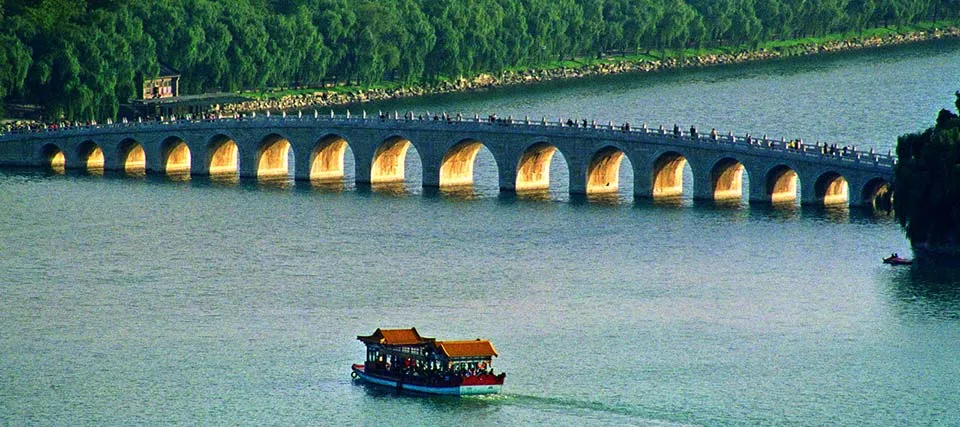
Those picture perfect travel moments happen when nature cooperates with your itinerary. Beijing’s spring and autumn months deliver ideal conditions: 15°C to 25°C daytime temperatures under sunny skies that make the Great Wall’s ancient stones glow golden in afternoon light.
Environmental improvements have dramatically enhanced outdoor experiences, with annual PM2.5 levels dropping 65 percent since 2013 to just 30.5 µg/m³. The result? More than 300 days annually of excellent visibility for those breathtaking Great Wall panoramas and Summer Palace sunset strolls.
A culinary journey across China’s regions
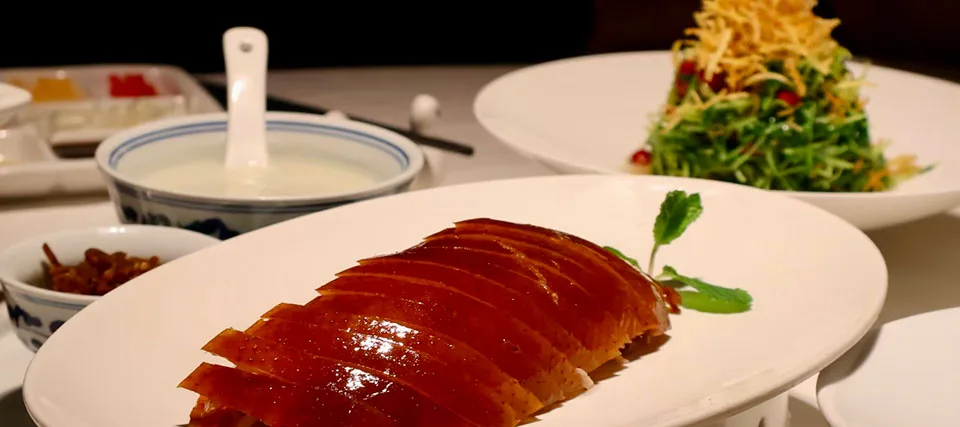
Why settle for one regional cuisine when Beijing offers them all? Beyond the legendary Peking duck and imperial court delicacies, the capital showcases authentic flavors from across China’s vast territories. Choose from fiery Sichuan hotpot, delicate Cantonese dim sum, bold Hunan specialties, and fresh Shandong seafood to savor the full repertoire of flavors.
Street food markets pulse with energy as vendors craft hand-pulled noodles and perfectly steamed dumplings before your eyes, while Michelin-starred establishments elevate regional traditions into culinary art. Whether you’re craving a quick USD 5 street snack or a USD 60 gastronomic experience, Beijing’s food scene ensures every meal becomes a delicious discovery.
Tailored experiences for every travel style
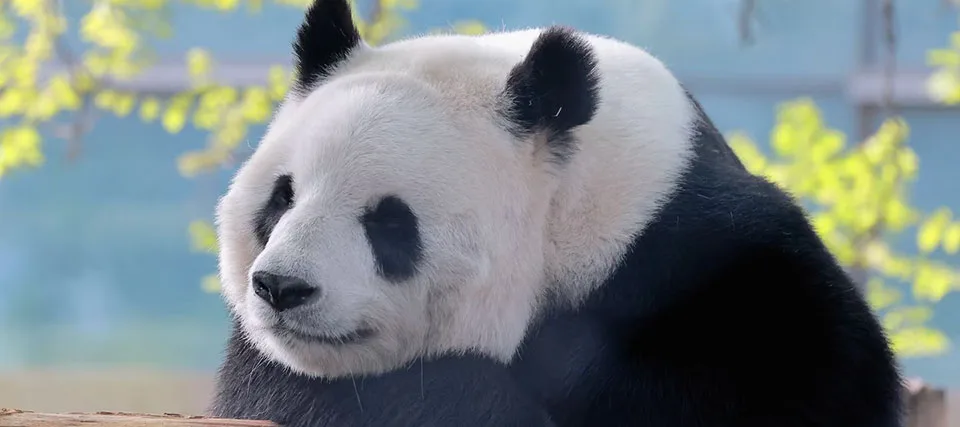
Whether you’re traveling with three generations of family or organizing a corporate retreat, Beijing adapts to your group’s unique dynamics. Children light up during panda encounters at Beijing Zoo and interactive exhibits at world class science museums, while Universal Studios Beijing provides thrills that transcend language barriers. Visit local food markets or grocery stores to uncover favoured delicacies. Or have your very own suit or dress custom made by the local tailors. Spend a day at one of Beijing’s myriad museums and galleries catering to diverse themes and interests.
Meanwhile, adults appreciate customizable private tours that move at your preferred pace, private transfers that eliminate waiting, and certified English-speaking guides who adjust their commentary to match your group’s interests and energy levels.
The definitive answer? Yes, Beijing is a must visit destination in China
Whether planning a focused visit or a strategic stopover, Beijing’s unique collection of world class attractions, rich cultural heritage, and exceptional accessibility make it not merely a destination worth visiting, but an essential gateway to understanding both historical and contemporary China. The real question is not whether to visit Beijing, but how much time you can dedicate to fully exploring its extraordinary heritage and vibrant modern life.

